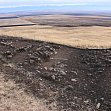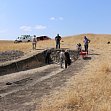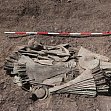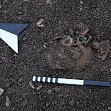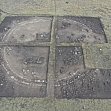Nazarlebi (Georgia)
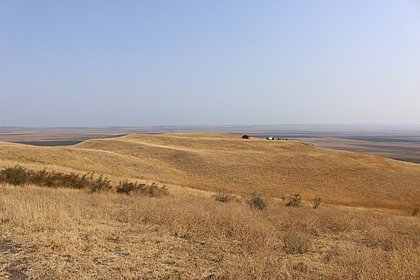
Fig. 1: Nazarlebi from the southwest, with the Shiraki Plain in the background.
As part of a cooperation between the Seminar for Oriental Archaeology and Art History at Martin Luther University Halle-Wittenberg (Felix Blocher) and the Laboratory for Visual Anthropology and Local History at Ilia State University Tbilisi (ISU) (Paata Bukhrashvili), excavations began in 2017 at Nazarlebi on the edge of the Shiraki Plain in Kakhetia (Eastern Georgia). It is a larger (ca. 150 x 130 m) and easily recognisable complex surrounded by ramparts, situated in hilly terrain, directly at the transition to the plain.
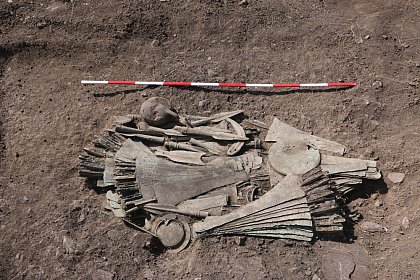
Fig. 2: Deposit 1 in situ.
During the 2018 excavation campaign, the first of three depot finds came to light (Deposit 1).
The third campaign focused the further uncovering of the presumed walls discovered in plateau section (PS) 2 in 2018, which was followed by the depot find (deposit 1) with its weapons and implements (Figs. 4-5).
Further trenches were laid out in the south (PS 3), in the east (PS 4) and in the south-east (PS 5) of the already open area. In this way it was possible to uncover the entire stone circle, including the wide entrance to the east (Fig. 6).

Fig. 3: View of the sanctuary of Nazarlebi from the south (photo G. Kirkitadze, ISU, 14.09.2019). Plateau sections (PS) 3 and 5 in front, PS 2 and 4 in the back (from the west). In the area left out by the excavation the concreted trigonometric point is located.
The second large work area in 2019 concerns the lower terrace of the overall complex, specifically its northern area (Fig. 4). There, some rectangular structures are visible in the magnetic recording. To test this finding, several areas were opened on the lower terrace (UTN 1-3, numbered from west to east). They follow the topography and are therefore not uniform in size. UTN 3 was extended to the south and reached up to the upper terrace or plateau at the end of the campaign.
Immediately below the surface of UTN 1-3, fine stone layers appeared, which are compared to those in the eastern area of the lower terrace (2017 campaign), but may also be natural. The entire area is also covered by layers of stones of varying sizes, some of which look like structures but may be simply rolled down material and subsequently concentrated by rainwater. Pottery and small finds were rare in UTN.
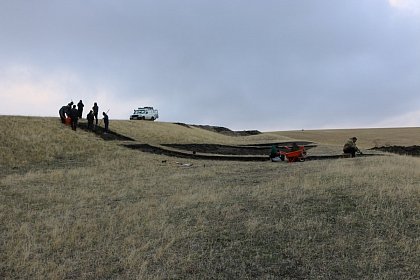
Fig. 4: The Lower Terrace North (UTN) from the east.
Within the wall circle, individual finds were found in various places, which are probably also to be considered as intentional deposits in the sanctuary. A sword as well as a whole and a fragmentary "razor" (Fig. 5) were found, all three of them comparable to the pieces found in DF 1 . The whole preserved razor shows different groove decoration, in addition to the three grooves there are two short points emerging from the edge of the handle. Here, too, the two cutting edges are sharp. The same applies to the fragmentary piece, which has a central ridge.
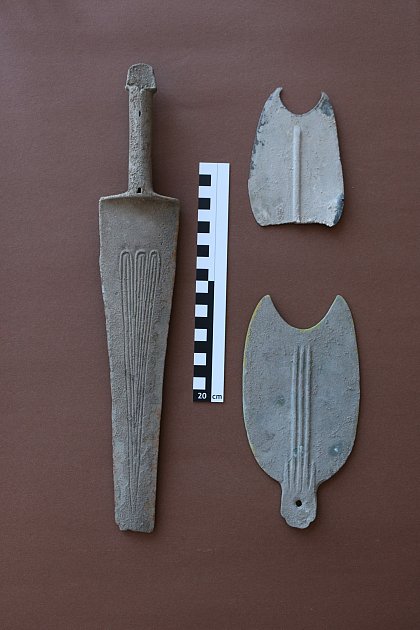
Fig. 14: Single finds from the stone circle. Sword, two "razors".
Photos
All illustrations, unless otherwise stated, are from the Georgian-German team of the Nazarlebi excavation.
Prof. Dr Felix Blocher
P. Bukhrashvili, F. Blocher, Z, Tskvitinidze, Sh. Davitashvili, Ausgrabungen in Nazarlebi, Kachetien (Georgien) 2017 und 2018. Mittelungen der Deutschen Orient-Gesellschaft 151, 2019, 271-294
P. Bukhrashvili, F. Blocher, Z, Tskvitinidze, Sh. Davitashvili, Ausgrabungen in Nazarlebi, Kachetien (Georgien) 2019. Mit einem Beitrag von J. Faßbinder. Mitteilungen der Deutschen Orient-Gesellschaft 152, 2020, 125-154





